Welcome!
As President Biden embarks on the crucial first 100 days of his term, what are the administration’s priorities across management, tech, defense, and intergovernmental affairs? In this unique week-long series, the public sector’s most trusted media brands join forces for high-level interviews and expert analysis around what’s next. Hear from Government Executive, Nextgov, Defense One, and Route Fifty about the Biden Administration’s priorities and what we can expect from the government moving forward.
